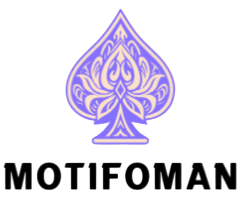Seductive Stages The Cultural Impact of Exotic Dance in Society
Exotic dance, often marginalized as a form of entertainment in strip clubs or private venues, has a rich and complex history intertwined with broader cultural, social, and economic contexts. Through the lens of Seductive Stages, one can examine the powerful cultural impact that exotic dance has exerted across various societies, shaping perceptions of gender, sexuality, and power. Historically, exotic dance has served as a form of rebellion against traditional norms, especially in patriarchal societies where female sexuality was either controlled or hidden. Dancers often utilized their bodies as tools for expressing personal freedom and autonomy. The performance of exotic dance has also blurred the boundaries between art and sexuality, becoming a medium for both empowerment and commodification. Its allure has transcended the taboo, becoming a dynamic cultural practice that influences fashion, entertainment, and even political discourse.
In the 19th and early 20th centuries, exotic dance entered popular consciousness through figures like the famous dancer Mata Hair, who was both a symbol of sensuality and a spy, embodying the intertwining of sexuality and power. Burlesque shows in the U.S. during this era also played a pivotal role, using humor, satire, and sexualized performances to critique societal norms. These shows were subversive in nature, giving women the opportunity to control how their bodies were perceived, often challenging male-dominated spaces. What started as entertainment, often stigmatized, became a commentary on gender relations and women’s roles in society. In modern times, bachelor party strippers exotic dance continues to reflect and shape cultural attitudes. With the rise of feminism, debates around whether exotic dance empowers women or perpetuates their objectification have taken center stage. Some dancers and scholars argue that exotic dance offers a platform for women to reclaim their bodies, enabling them to engage with their sexuality on their own terms.
Others contend that it reinforces harmful stereotypes and contributes to a broader culture of objectification. Mainstream media and pop culture have also played an enormous role in popularizing exotic dance, especially through music videos, films, and social media. Pole dancing, once exclusively associated with strip clubs, and has been rebranded as a form of fitness and artistic expression, further complicating its relationship with empowerment and exploitation. Exotic dance, in its many forms, continues to evolve, challenging societal boundaries and perceptions. Whether seen as an art form, a form of resistance, or a commodified performance, it remains a provocative reflection of the cultures that shape and consume it. Through its seductive stages, exotic dance captures the complexity of human desires, identities, and the ever-shifting balance between empowerment and exploitation.
